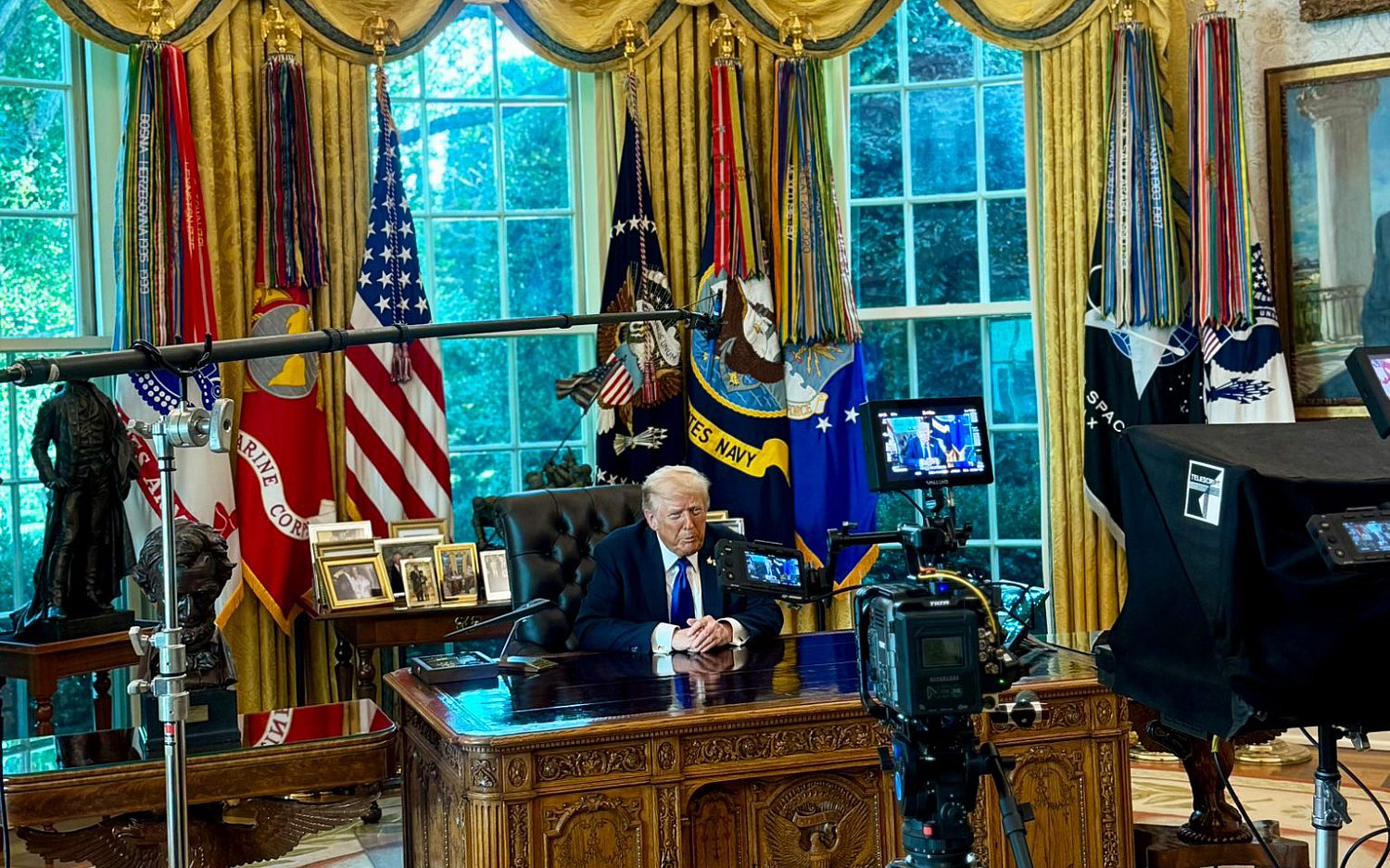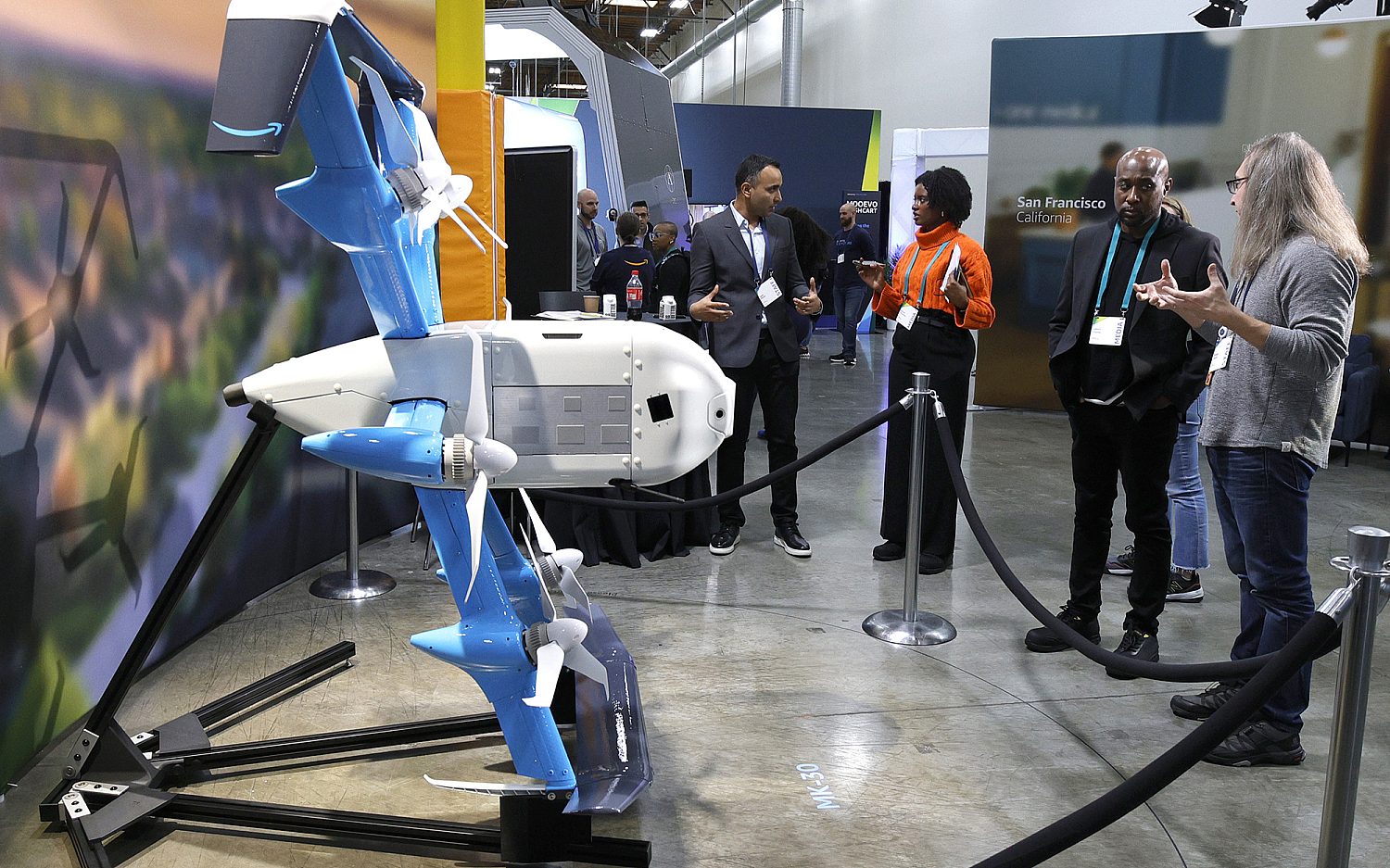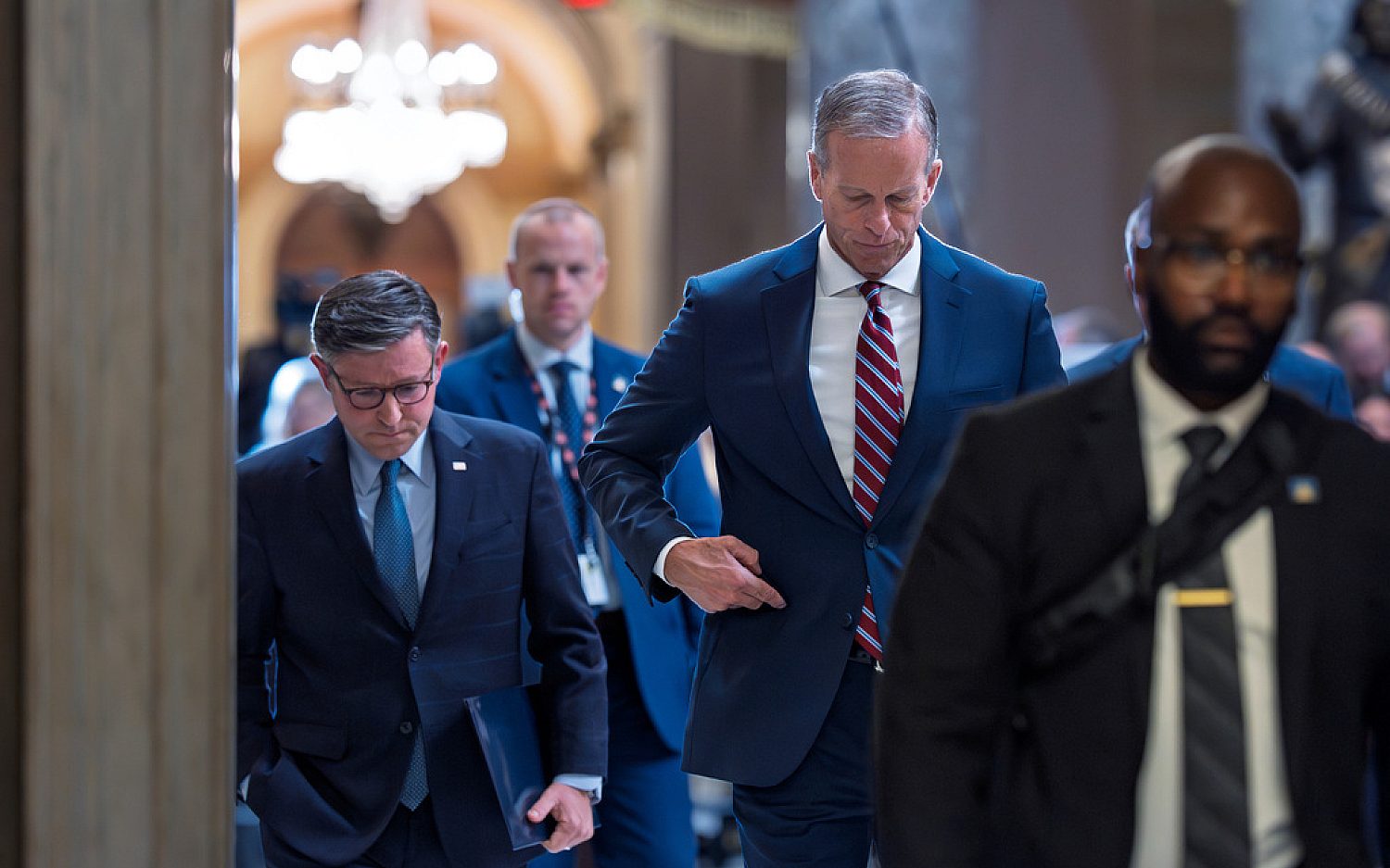This is your captain sleeping
Changing aviation policies on both sides of the Atlantic are raising the issue of pilot fatigue, a serious safety threat for airplane passengers and crew.
A 2013 British Airline Pilots Association (BALPA) survey of 500 commercial pilots found half of them have fallen asleep while flying. And nearly a third of those say they awoke to find their co-pilot also snoozing.
BALPA is concerned a proposed European Union law would jeopardize current good air safety standards, replacing U.K. rules with looser EU standards. British pilots said the new standards would send Britain’s aviation safety record spiraling downwards and permit pilots to fly even after being awake for 22 hours—a level of tiredness equal to the impairment of being four times over the alcohol limit. Craig Mathieson, a 747 pilot, called the new rules “just ludicrous” in a post on keepflyingsafe.co.uk.
Eight out of 10 British pilots claim fatigue compromised their ability to fly during the preceding six months, and nearly 50 percent believe tiredness is the No. 1 safety threat in the air—not terrorism. Despite these claims, airline accidents are currently at a 10-year low worldwide. And Aero-news.net reports the European Union had no fatal accidents involving a commercial carrier in 2013, out of 6 million commercial flights.
But besides risking the U.K. and Europe’s pristine safety record, opponents say the new EU rules would give additional powers to the European Aviation Safety Agency (EASA), enabling it to fix any future standards regardless of scientific data, scrutiny by national governments, and even the political process.
The U.S. Aircraft Owners and Pilots Association (AOPA) has its own concerns over a new Federal Aviation Administration (FAA) policy about potential sleep apnea among pilots, which bypassed pilot input and political rulemaking. The policy, which the FAA unilaterally announced in November, requires pilots with a body mass index (BMI) of 40 or more to undergo expensive and intrusive sleep apnea testing, in hopes of reducing the threat of pilots falling asleep in the cockpit.
Over time, it expands the requirement to pilots with a BMI of 30, those deemed obese by the FAA. It would affect more than 120,000 pilots, and raise costs without any clear safety benefit.
“This policy moves the FAA into the realm of predictive medicine,” said Rob Hackman, AOPA vice president of regulatory affairs. “Potential health issues … really belong in the hands of individuals and their doctors, not a regulatory bureaucracy.”
The FAA said the rulemaking process was not necessary since requiring sleep apnea testing is an “enhancement” to the existing medical policy. Pilots and the House Aviation Subcommittee disagreed, devising a bill last month to force the FAA into a rulemaking process. After an overwhelming outcry, the FAA delayed implementation of the new policy while a government and industry working group convenes in early 2014 to study how to deal with sleep apnea and pilot obesity.
U.S. pilots are pleased with the 2014 debut of another new FAA fatigue policy: Flight duty time is now limited to 8 or 9 hours, and pilots must have 8 hours of sleep in a minimum 10-hour period of rest before all flights. But airlines are groaning over the directive, claiming it will cause delays and cancellations—especially during winter weather and storms—and put costly requirements on them to double up on flight crews to comply with rest rules.
An actual newsletter worth subscribing to instead of just a collection of links. —Adam
Sign up to receive The Sift email newsletter each weekday morning for the latest headlines from WORLD’s breaking news team.




Please wait while we load the latest comments...
Comments
Please register, subscribe, or log in to comment on this article.